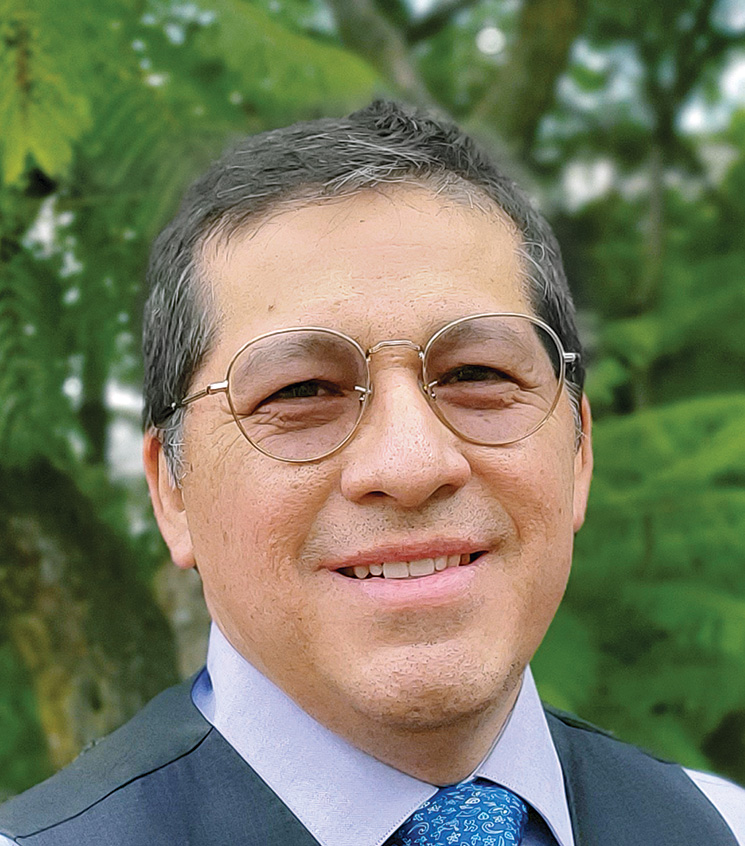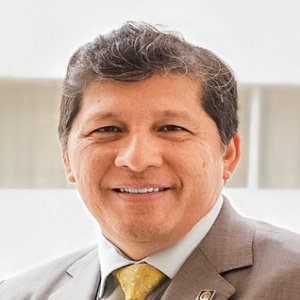Is SEMARNAT’s Authorization Necessary for Exploring in Mexico?

STORY INLINE POST
Are you a head of exploration mining in Mexico? Has the share price of your mining company been affected because SEMARNAT does not respond promptly to your need to start exploration as soon as possible? This analysis will help you in your decision-making.
In my previous contribution, I related the apparent animosity of the environmental authority in Mexico against Mining. Today, when Mexico has already had four heads of the Ministry of Environment and Natural Resources (SEMARNAT) in less than two years and the president of Mexico invites the main shareholders of Mexican mining companies to different events, I think we have to look at the causes that are leading to significant delays in SEMARNAT’s processing of requests.
Although we can blame the pandemic, there are other factors that can explain the inefficiency of SEMARNAT, and not all of them are attributable to this authority.
It is appropriate to point out that the data presented here were obtained from the government’s electronic publication Gaceta Ecológica (GE), delivered between Dec. 4, 2018 and Oct. 1, 2020, so there may be differences with the current reality, given the frequent mistakes included in the official papers.
Based on the indicated periods, it is possible to affirm that some 197 preventive reports (IP) from the mining sector had been submitted to SEMARNAT, with rulings for 117. The average time required by SEMARNAT to respond was 44 calendar days, with a minimum of three days and a maximum of 306 days. It is important to mention that, due to the effects of the pandemic, it has been decided to count calendar days and not working days. However, the record for the longest time to resolve an IP occurred outside the COVID-19 era. This was the Campaña de Exploración Minera Directa El Poeta y Excelmex project, which was entered for evaluation on May 18, 2018 and had to wait until March 20, 2019 to receive a statement of the expiration of the process. In other words, it took 306 days for the authority, in this case through its representation in the state of Durango, to reject the process due to the lack of response from the mining company and its consultant.
The IP that holds the record of having been resolved in the shortest time is that of Fortuna de Cobre, by Exploraciones Mineras Peñoles, SA de CV, which only required THREE calendar days to be resolved, having been entered on Dec. 18, 2018, and resolved on Dec. 21 by the representation of SEMARNAT in the state of Sonora.
Unfortunately, neither of the two SEMARNAT representative offices that hold the records for the shortest and longest response times has complied with the obligation to make available to the public both the IPs presented as well as the resolutions that were issued.
THE LGEEPA
The General Law of Ecological Balance and Environmental Protection (LGEEPA) states that it is its regulations on Environmental Impact Assessment (REIA) that determines the activities that require authorization. The REIA says: "Those who intend to carry out mining exploration activities will require prior authorization in terms of environmental impact, excluding those of gravimetric, surface geological, geoelectric, magnetotelluric, magnetic susceptibility and density prospecting, as well as the works of drilling, ditching and exposing rocks, that always should be carried out in agricultural, livestock or wasteland areas and in lands with dry or temperate climates where xerophilous scrub vegetation, tropical deciduous forest, coniferous forests or holm oaks develops, located outside the protected natural areas."
Consequently, if you are going to carry out exploration in a region that complies with the types of climate and usage of land indicated by the REIA, then you DO NOT need authorization from SEMARNAT, at least as far as mining activity is concerned.
But be careful, if you need to remove any kind of vegetation, then you probably will need to obtain the authorization of the environmental impact caused by the removal. In addition to that, it will be necessary to obtain a Change of Land Usage of Forest Lands, which mandates the General Law of Sustainable Forest Development (LGDFS).
If you have fallen into the trap that your consultants have set for you and that some SEMARNAT offices promote, it is because of a bad reading of the LGEEPA, since its article 31 indicates that to obtain authorization in matters of Environmental Impact, an IP is needed and not of an Environmental Impact Statement (MIA) when there are official Mexican standards that regulate all relevant environmental impacts that the work or activities may produce. But, if the activity does not require authorization, then it does not need an MIA or IP.
This thesis is endorsed by other SEMARNAT representative offices, including Chihuahua, Durango, Nuevo Leon, Jalisco and Veracruz, in their response letters that state: "Inform the promoter that it does not require obtaining authorization in Environmental Impact Matters that is granted by this Secretariat and therefore can be carried out as indicated in the IP."
This occurs due to a lack of transparency from the government, which is further evidenced in the First and Second Government Reports of the Mexican President, where it is reported that only seven IPs were analyzed; however, the GE analysis shows 197 IPs entered in the same period, of which 117 were resolved.
CONCLUSION
The environmental legal framework in Mexico does not require authorization in matters of environmental impact for a mining exploration project provided certain specifications of type of climate and land usage are met. However, even the Mexican Geological Survey (SGM) has fallen for this mistake. But be careful, if you need to remove vegetation from more than 1,250 m2, you will need authorization for the removal but not for the exploration activity, and you will also need to obtain another authorization required by the LGDFS.
Is it worth stopping your project to wait for an authorization that you don't need?








 By Jesús Enrique Pablo-Dorantes | Environmental Vice President -
Fri, 10/23/2020 - 13:00
By Jesús Enrique Pablo-Dorantes | Environmental Vice President -
Fri, 10/23/2020 - 13:00
















